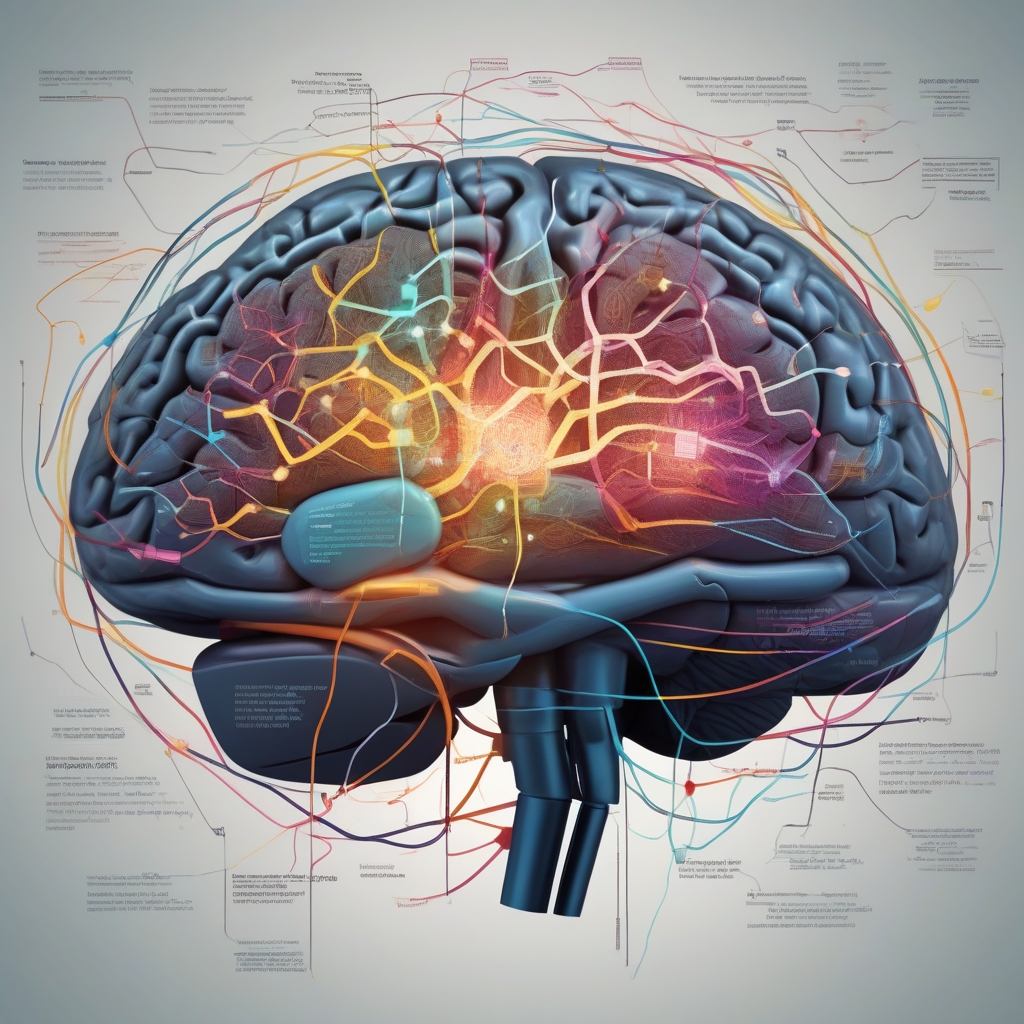Introduction
The intersection of artificial intelligence (AI) and mental health is blossoming into a promising field that could revolutionize our approach to diagnosing and treating mental illnesses. One of the most intriguing developments in this realm is AI’s ability to identify depression through language analysis. Language, as a primary method of human communication, provides a rich source of data that can reveal much about a person’s mental state. By leveraging AI to scrutinize these verbal cues, researchers are pioneering new ways to detect depression, offering hope for more accurate and timely diagnosis.
The Role of AI in Mental Health
Artificial Intelligence is advancing rapidly, with applications permeating nearly every aspect of modern life. Within mental health, AI can analyze vast amounts of data, identifying patterns and correlations that might elude human clinicians. This capability is particularly relevant for complex conditions like depression, where symptoms can vary widely among individuals.
Why Language is a Key Indicator
Language is intrinsic to human expression and provides an extensive dataset for AI to analyze. Depressive language often reveals itself through:
By parsing these linguistic elements, AI algorithms can assess the likelihood of depression with notable accuracy.
How AI Analyzes Language for Depression
Natural Language Processing (NLP)
NLP, a cornerstone of AI that allows machines to understand and interpret human language, is central to analyzing depressive language. NLP algorithms break down text into smaller components such as words, phrases, and sentences, which can be evaluated for patterns associated with depression.
Machine Learning Models
Machine Learning (ML) models are trained on extensive datasets that include examples of language from depressed and non-depressed individuals. The models learn to recognize the nuanced differences, enabling them to predict the likelihood of depression in new language samples. Methods include:
Advantages of AI in Depression Detection
The use of AI for detecting depression through language boasts several significant advantages:
Early Detection
AI systems can help identify depressive symptoms early, even before they become apparent through other methods. This early detection is crucial for initiating timely interventions.
Scalability
AI can analyze data at a scale far beyond human capability. It can process and evaluate vast amounts of conversational data from social media, emails, or text messages, making it a valuable tool for widespread monitoring.
Consistency and Objectivity
Unlike human analysis, which can be subjective and inconsistent, AI provides an objective, standardized approach. This consistency enhances the reliability of depression screening.
Recent Research on AI and Depression Detection
Recent studies have bolstered confidence in AI’s potential to aid mental health diagnostics. Researchers have demonstrated that AI can accurately identify depression by analyzing language from various sources, including social media posts and clinical interviews.
Social Media as a Data Source
Platforms like Twitter and Facebook offer a goldmine of linguistic data. Studies have shown that AI can detect depressive symptoms by analyzing a user’s posts, comments, and interactions. Language reflective of depressive moods, such as expressions of sadness, loneliness, or fatigue, can be identified with high accuracy.
Clinical Applicability
In clinical settings, AI has been employed to analyze patients’ verbal reports during therapy sessions or questionnaires. These insights can help clinicians make more informed decisions and tailor treatment plans to individual needs.
Ethical Considerations and Challenges
While the potential benefits of AI in mental health are immense, there are significant ethical considerations and challenges that need addressing.
Privacy Concerns
Using language data from social media or personal communications raises privacy issues. It is essential to ensure that individuals’ data is protected and used responsibly, with explicit consent.
Algorithmic Bias
AI systems can inadvertently perpetuate biases present in their training data. For instance, language patterns associated with depression may vary across different cultures or demographic groups. It is crucial to develop algorithms that are sensitive to these variations to avoid biased or inaccurate assessments.
Integration with Human Expertise
AI should complement, not replace, human expertise in mental health care. The final judgment of depression diagnosis should rest with qualified professionals who can consider the broader context of a patient’s life and history.
Future Directions
The integration of AI in mental health is still in its early stages, but the future looks promising. Researchers are continually improving algorithms and expanding datasets to enhance AI’s diagnostic capabilities. Moreover, as technology advances, we may see integrated AI tools becoming standard practice in mental health care, providing practitioners with powerful support for early detection and personalized treatment.
Potential Developments
Conclusion
The fusion of AI and human cognition represents an exciting frontier in mental health care. By unraveling the linguistic cues of depression, AI offers a novel approach to detection and diagnosis that could transform lives. While challenges remain, the ongoing advancements in this field underscore the potential to provide more effective, timely, and personalized care for those suffering from depression.

Leave a Reply